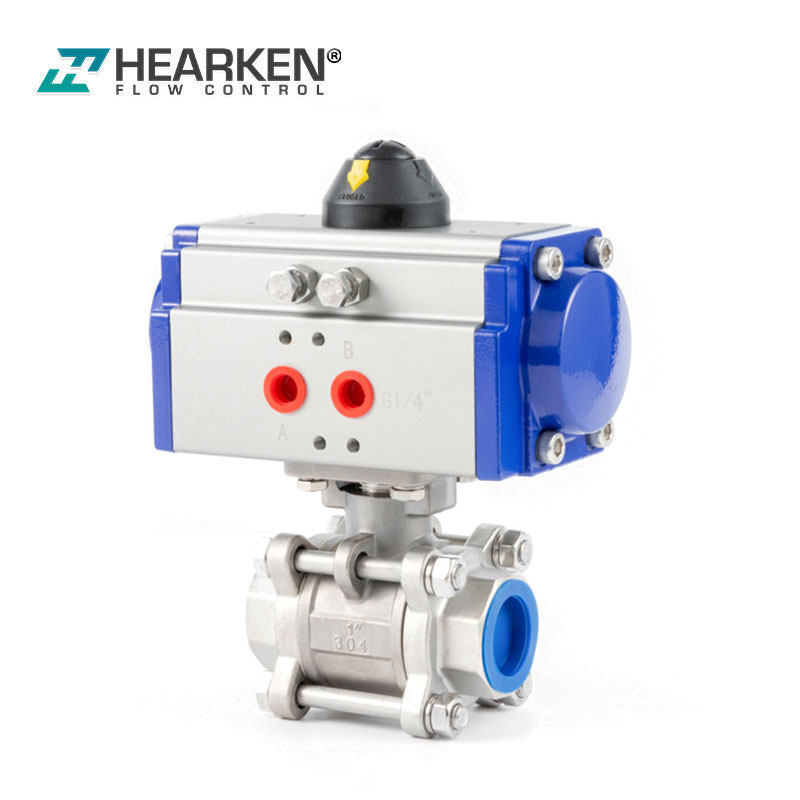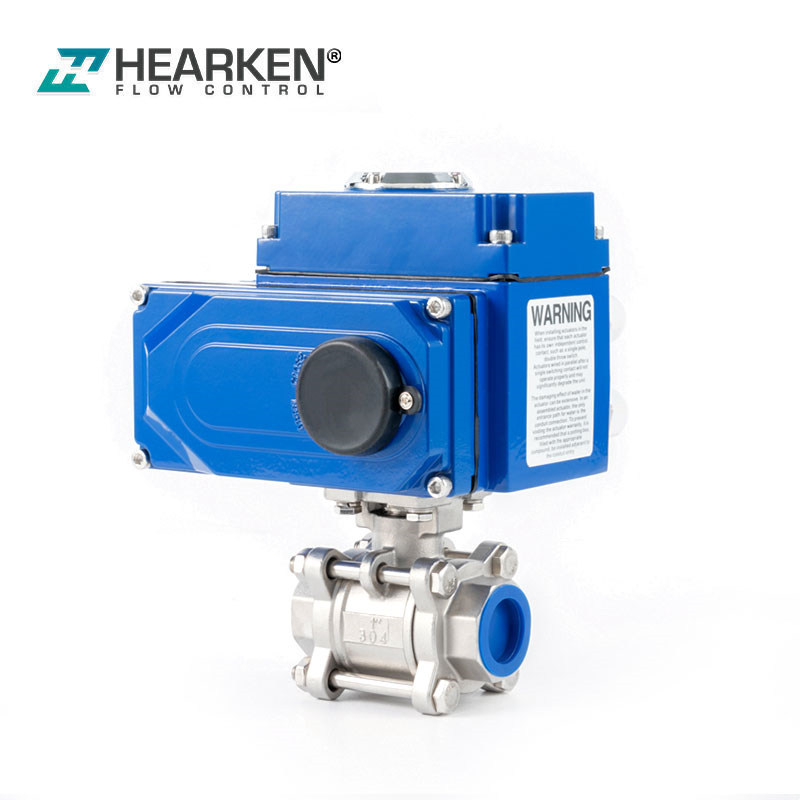What is the difference between pneumatic and electric control valves?
Control valves are essential components in industrial automation, HVAC systems, water treatment, and process control applications. Two of the most common types are pneumatic control valves and electric control valves, each offering distinct advantages depending on the application. Understanding their differences can help engineers and technicians select the right valve for their specific needs.
1. Working Principle
Pneumatic Control Valves
Pneumatic valves use compressed air (or another inert gas) as the power source to actuate the valve. A pneumatic actuator converts air pressure into mechanical motion, which opens, closes, or modulates the valve. These valves often rely on a diaphragm, piston, or rack-and-pinion mechanism for movement.

Electric Control Valves
Electric control valves use an electric motor or solenoid to operate the valve. The motor drives a gear mechanism that adjusts the valve position, while solenoid valves use electromagnetic coils for quick on/off actuation. These valves often include position feedback (e.g., 4-20mA or 0-10V signals) for precise control.

2. Key Differences
| Feature | Pneumatic Control Valves | Electric Control Valves |
| Power Source | Compressed air/gas | Electricity |
| Actuation Speed | Fast (ideal for quick responses) | Slower (except for solenoid valves) |
| Precision | Moderate (depends on air pressure) | High (better for fine adjustments) |
| Explosion Safety | Safer in hazardous areas (no sparks) | Requires explosion-proof design |
| Maintenance | More frequent (air filters, lubrication) | Less maintenance (no air leaks) |
| Cost | Lower initial cost, but requires air compressor | Higher initial cost, lower operating cost |
| Environmental | Air leaks can waste energy | More energy-efficient |
| Load Capacity | Handles high-force applications well | Limited by motor torque |
3. Advantages and Disadvantages
Pneumatic Control Valves
Pros: Fast response time,High force output for large valve,Intrinsically safe (no electrical sparks),Simple and robust design
Cons: Requires an air compressor and piping,Air leaks reduce efficiency,Less precise than electric valves,Sensitive to moisture and contamination
Electric Control Valves
Pros:Precise positioning and control,No need for compressed air systems,Lower long-term energy costs,Easier integration with digital control systems
Cons:Slower actuation (except solenoids),Higher initial cost for large valves,Risk of overheating in continuous duty,Not ideal for explosive environments without special housing
4. Which One Should You Choose?
The choice between pneumatic and electric control valves depends on the application:
Choose Pneumatic If:
You need fast, high-force actuation (e.g., emergency shutoff).
The environment is explosive or hazardous.
Compressed air is already available.
Choose Electric If:
You require precise flow or pressure control (e.g., HVAC, water treatment).
You want lower long-term maintenance and energy costs.
Integration with PLCs or smart control systems is needed.
Conclusion
Both pneumatic and electric control valves have their place in industrial and commercial applications. Pneumatic valves excel in speed and safety, while electric valves offer precision and energy efficiency. By evaluating factors like response time, environment, and control requirements, engineers can select the optimal valve for their system.
Would you like recommendations for specific valve models based on your application? Let me know your requirements!





